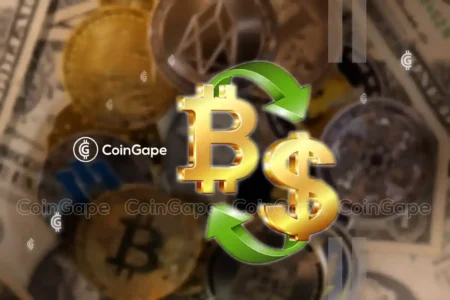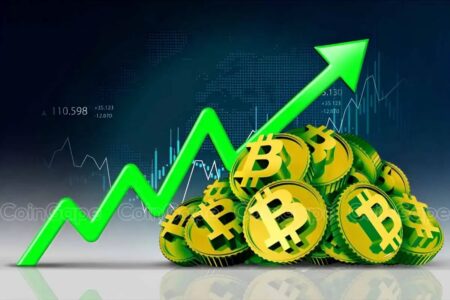Bitcoin Prices Surge After Positive CPI Data: What It Means for Investors
Bitcoin has been experiencing a significant upward momentum recently, reaching new highs after the U.S. Consumer Price Index (CPI) reported a cooling inflation rate of 2.4% for March. This crucial economic data has become pivotal for investors who are monitoring inflationary pressures in light of ongoing global trade tensions exacerbated by Trump’s tariff policies. With the latest CPI figures indicating a slowdown, speculation is rife about potential rate cuts by the U.S. Federal Reserve (Fed), leading many to consider Bitcoin as an attractive investment opportunity.
Understanding the CPI Data and Its Implications
According to the latest report from the Labor Department, the U.S. CPI experienced a modest increase of 0.1% in March, down from 0.2% in February. Year-on-year, the CPI stands at 2.4%, a decrease from the prior 2.8% and notably lower than analysts’ expectations of 2.6%. Furthermore, the Core CPI, which excludes volatile food and energy prices, reported an increase of only 0.1%, while its year-over-year figure fell to 2.8% from 3.1%. These figures indicate a cooling inflation environment, which is critical data that the Fed considers when devising monetary policies.
Markets React to Cooling Inflation
The response from the cryptocurrency market has been overwhelmingly positive, as Bitcoin’s price surged by nearly 8%, reaching approximately $81,772 after the CPI announcement. The trading volume also saw a substantial increase of 12%, totaling about $68 billion. Bitcoin even touched a peak of $83,541 within 24 hours, particularly following the announcement of a 90-day pause on tariff plans by former President Donald Trump. This rally signals a shift in investor sentiment, favoring risk assets like Bitcoin amid a more stable economic outlook.
The Potential for Fed Rate Cuts
The cooling inflation data has led to speculation that the U.S. Federal Reserve may soon consider a rate cut, which could further enhance Bitcoin’s appeal. Lower interest rates typically stimulate investment in assets that provide potential growth, such as cryptocurrencies. A recent report suggested that Fed Chair Jerome Powell might even make an emergency rate cut announcement in response to the ongoing financial market turmoil. This scenario is likely to create a highly favorable environment for Bitcoin, potentially driving its price even higher.
Broader Market Dynamics
In the wake of the CPI report, we also observed a drop in the U.S. 10-year bond yield, decreasing by 1.6% to 4.325, while the U.S. Dollar Index slipped by over 1.03% to $101.332. These shifts in traditional financial markets reflect a broader investor strategy of seeking higher returns in riskier assets like Bitcoin. As the economic landscape evolves, many analysts anticipate that if the Fed initiates interest rate cuts, Bitcoin could enter a significant bull market, attracting both retail and institutional investors.
Conclusion: A Bitcoin Bull Market on the Horizon?
Given the recent CPI figures, cooling inflationary pressures, and the potential for upcoming interest rate cuts by the Federal Reserve, Bitcoin appears poised for a bullish phase. Investors are increasingly optimistic about the future of Bitcoin as a digital asset, with many expecting a possible breakout in the price. While no investment is without risk, Bitcoin’s current trajectory, fueled by favorable economic indicators, suggests that those considering entry into the cryptocurrency space may find this an opportune moment.
In summary, as inflationary pressures ease and monetary policy signals lean towards a dovish stance, Bitcoin’s appeal is likely to grow, empowering it further as a viable alternative investment. Investors should remain informed about market developments and consider these macroeconomic factors when making decisions related to Bitcoin and other cryptocurrencies.
















